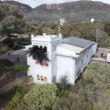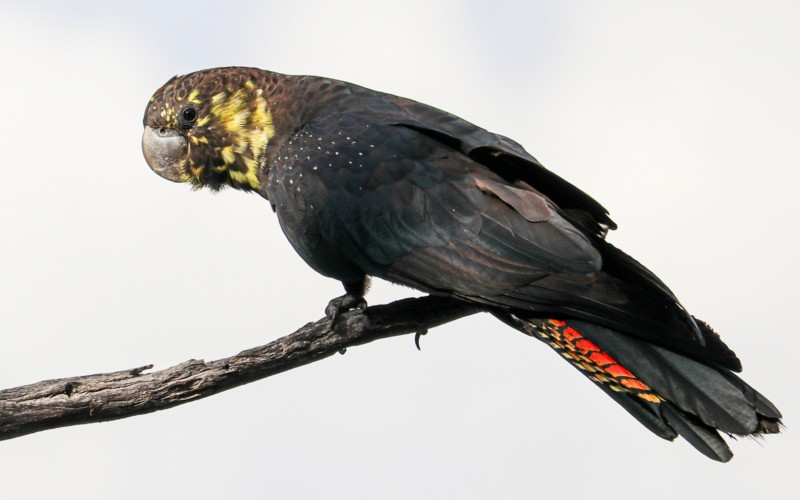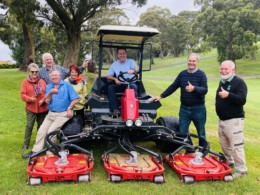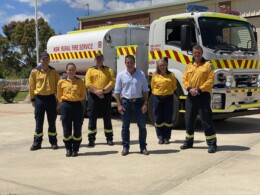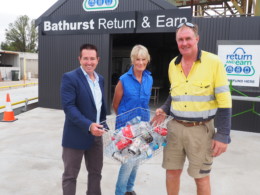Local Land Services, in collaboration with Charles Sturt University and Habitat Innovation & Management will supply and install 35 specifically designed Habitech Glossy Black-Cockatoo nest boxes on private and public land throughout the Central Tablelands and Central West Local Land Services regions of NSW.
This work is possible due to Local Land Services, Habitat Innovation & Management and Charles Sturt University’s successful application to the WIRES National Grants Program 2022 for the “Bringing Back the Glossy Black” project.
Senior Land Services Officer with Local Land Services, Katie McPherson, said this represents an incredible opportunity for a recognised research institution to partner with Local Land Services in delivering the first project in the world that will implement the revolutionary new Habitech Glossy Black-Cockatoo nest boxes.
“This project will fund critical work needed to recover breeding populations of the threatened Glossy Black-Cockatoo,” Ms McPherson said.
Mick Callan, Ornithologist and Principal Ecologist from Habitat Innovation & Management said the Glossy Black-Cockatoo (Calyptorhynchus lathami lathami) is listed as Vulnerable in New South Wales.
“Due to the impact of the 2019-20 mega fires, it has recently also been added as a threatened species under the Federal Environmental Protection and Biodiversity Conservation Act,” Mr Callan said.
This project aims to begin to stabilise the local Glossy Black-Cockatoo population throughout the Central Tablelands and Central West by installing Habitech modular nest boxes that have been specifically designed for the nesting requirements of the Glossy Black-Cockatoo.
Professor David Watson, Ornithologist and Ecologist from Charles Sturt University said a major threat to the survival of the Glossy Black-Cockatoo is habitat loss – the clearing of Allocasuarina trees in woodland areas that provide a food source, and the loss of mature eucalypts for nest hollows.
“Through research and monitoring of nesting activity in the nest boxes, we hope to gain increased understanding of the specific ecological requirements of these birds when selecting a nest site,” Professor Watson said.
The project also aims to educate local landholders about the plight of the Glossy Black-Cockatoo, through a targeted engagement campaign that will include two educational field days to be held in 2023 in the Local Land Services regions of the Central Tablelands and the Central West.
We intend to take field day participants to see the nest boxes in action and undertake some citizen science monitoring of the birds,” Ms McPherson said.
“We hope that this project will just be the beginning of our works towards recovering Glossy BlackCockatoo breeding populations,” Katie said.
This project received grant funding from WIRES through its annual National Grants Program.
For more information on the Bringing Back the Glossy Black-Cockatoo project, visit:
https://www.lls.nsw.gov.au/help-and-advice/natural-resource-management/threatenedspecies/glossy-black-cockatoo
For more information on the WIRES National Grants Program, visit: wires.org.au/NGP


